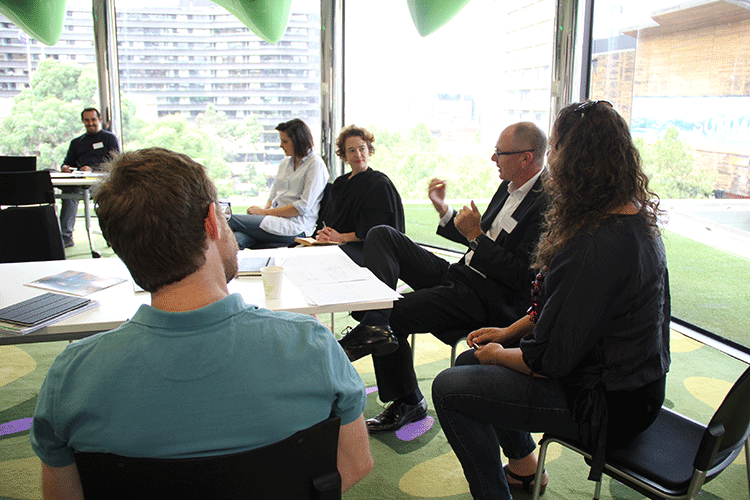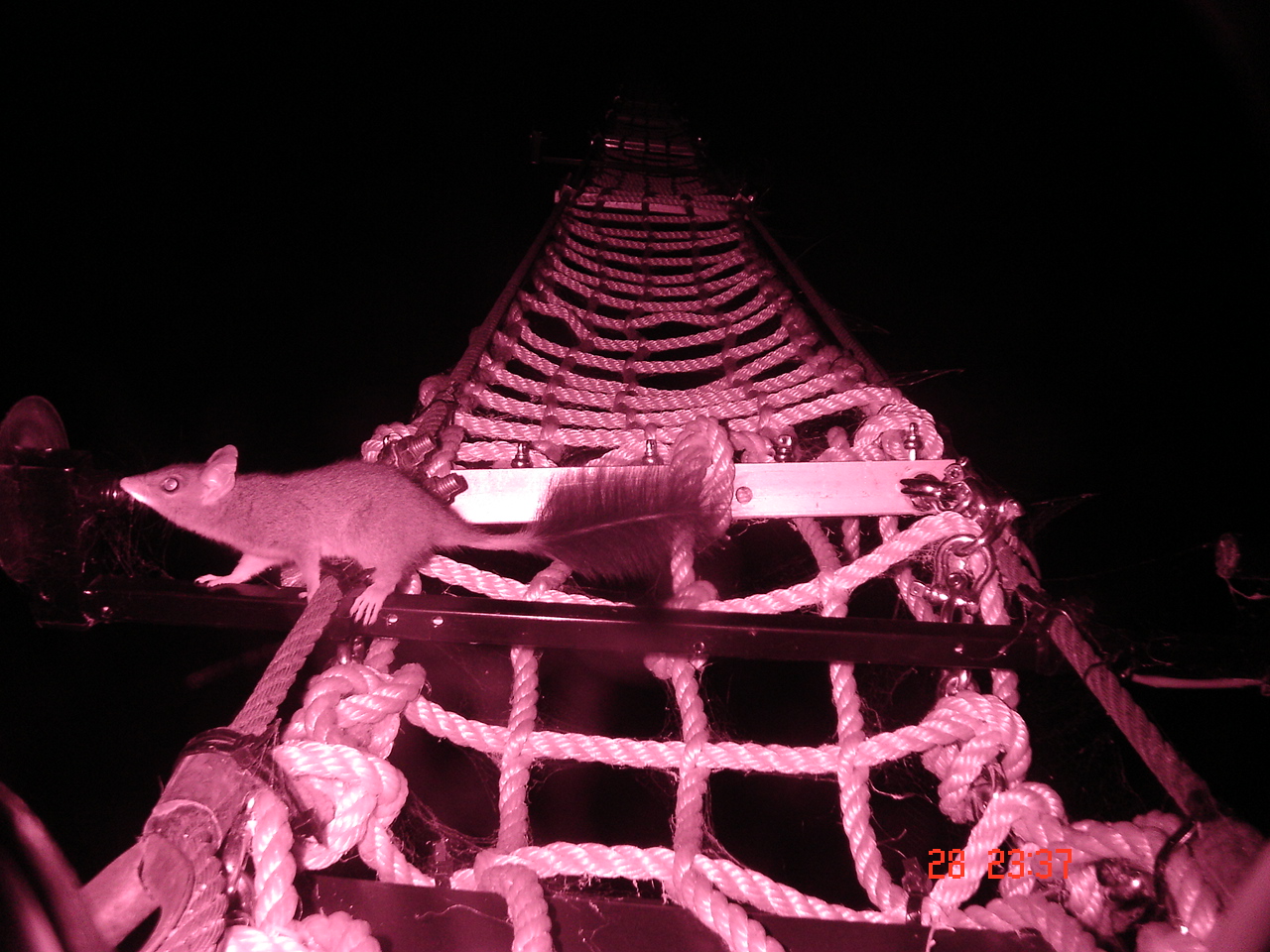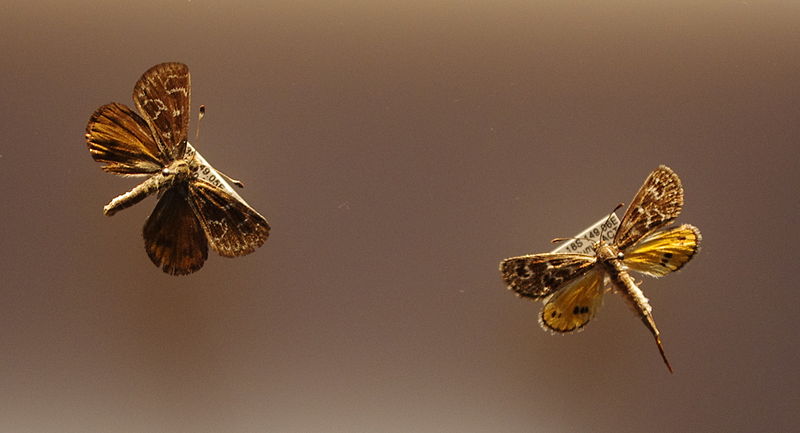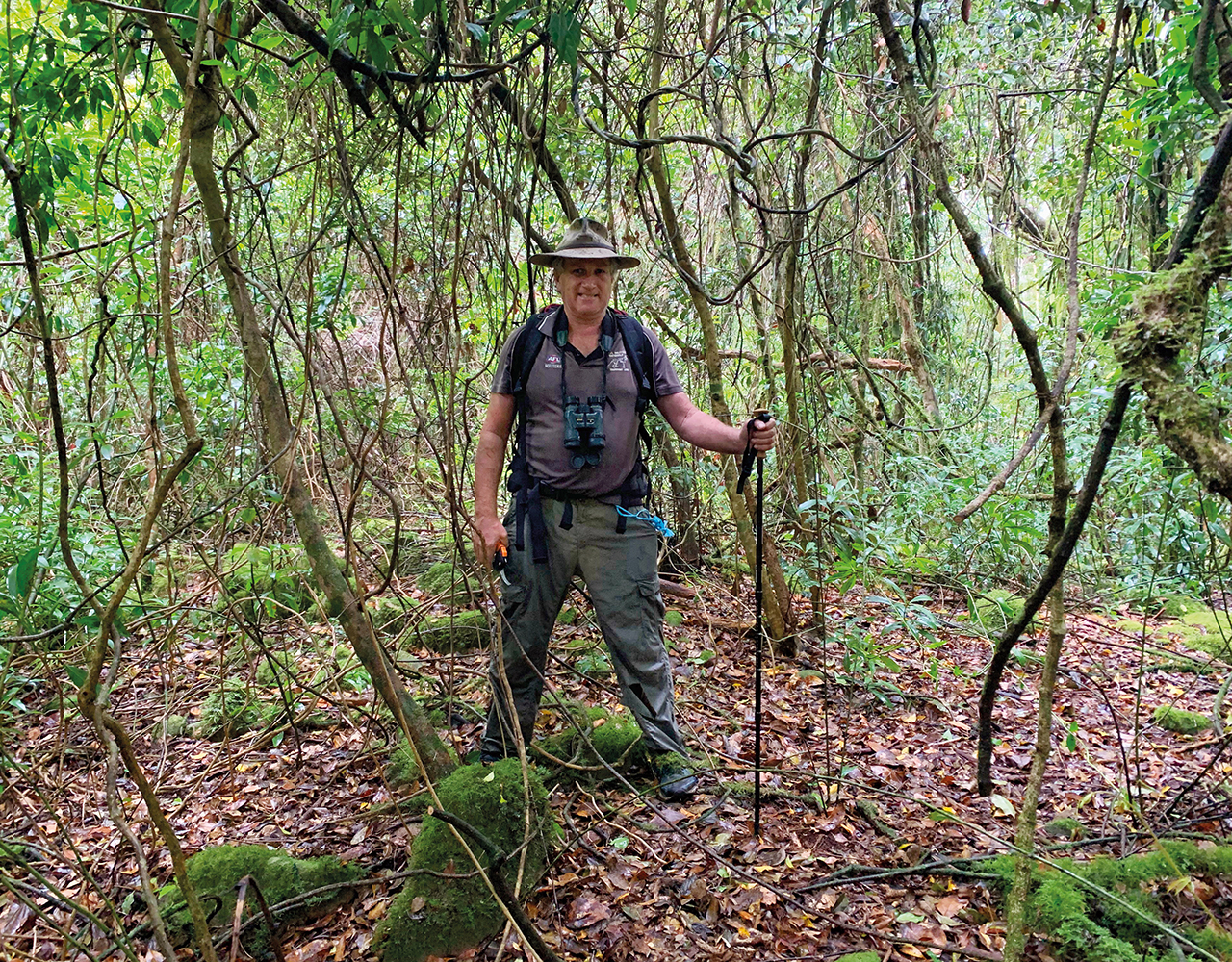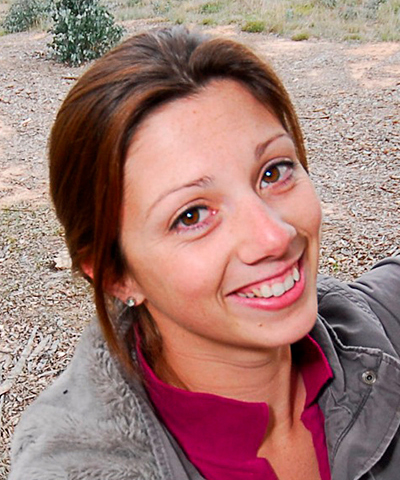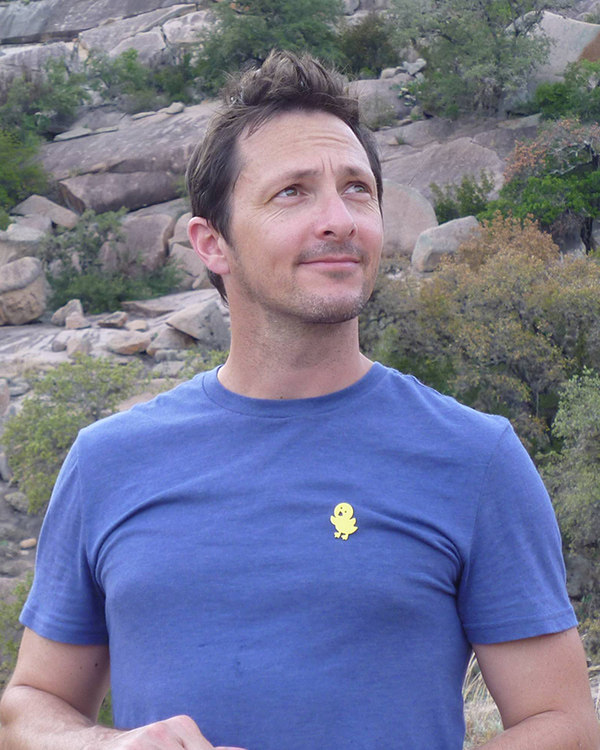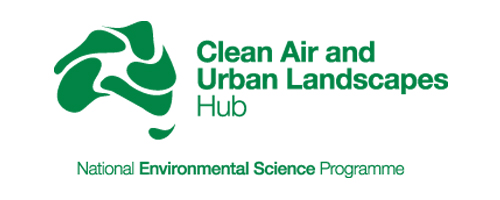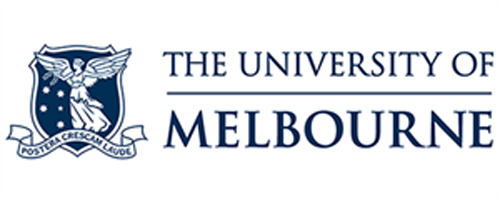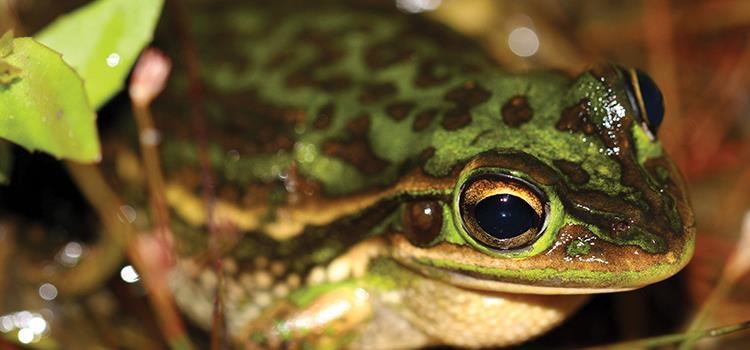
Project: 6.3.6
Prioritising conservation efforts and communicating conservation opportunities in urban areas
Project Leaders: Kylie Soanes
Research in Brief
More than 370 EPBC-listed threatened species can be found in Australian cities and towns. Yet we understand little about how to promote the management and recovery of threatened species in urban areas.
This project will examine the degree to which urban environments can contribute to the recovery of threatened species, finding unique opportunities for conservation gains and new ways of connecting people with conservation.
We will identify high-priority species and locations for the conservation of threatened species in urban environments, as well as novel, creative actions for on-ground conservation and community engagement that are tailored to cities and towns.
Why is the research needed?
Urban areas can pose unique challenges to threatened species management, offer opportunities for conservation gains, and provide new ways of connecting urban residents with conservation.
However the best ways to achieve conservation goals in urban areas are poorly understood.
This project will investigate opportunities for threatened species conservation in urban environments, prioritising the species that will most benefit from urban actions, as well as the locations in which these actions could occur.
The research team will also work with their partner agencies to increase awareness of threatened species in urban areas, and engage communities in species recovery.
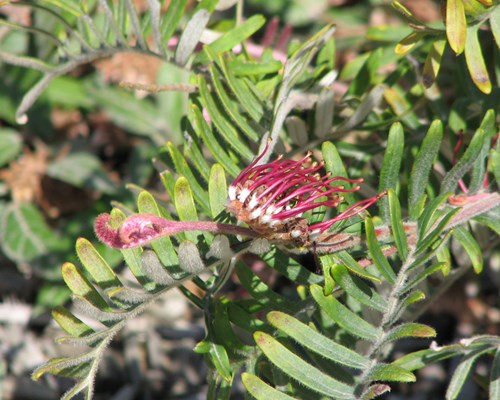
Grevillea caleyi. Photo: Melburnian CC BY 3.0 Wikimedia Commonss
How will the research help?
The current prioritisations for guiding investment in conservation are not sufficient for prioritising species without explicitly considering the actions to be implemented and the cost and likelihood of success of the actions.
The project is therefore designed to help us better understand the importance of urban areas to threatened species conservation, and the species, places and actions for which urban conservation will provide the greatest gains.
It will also raise awareness of the opportunities for threatened species recovery in urban areas, encouraging community engagement and participation in conservation.
Finally, the work will drive the development and testing of conservation strategies tailored to urban environments. Given the rapid rate of urbanisation across the country, and targets to recover threatened species, this project is timely in serving to maximise urban conservation opportunities.
What research activities are being undertaken?
The research team proposes two core research activities:
- Identifying ‘urban-priorities’ for threatened species conservation; and
- A two-step prioritisation protocol will first identify species for which urban conservation actions are important, and then identify the urban locations where these actions should occur. “Urban opportunity” species will be identified based on: the extent of their urban occurrence, target listing in the threatened species strategy, traits promoting or hindering their urban persistence, threatening processes, opportunities for urban survival (e.g., novel habitats), potential actions and their cost-effectiveness.
Increase awareness of threatened species and conservation opportunities in priority urban areas
The research team will draw on the results of the prioritisation to hold a series of workshops aimed at raising the profile of urban threatened species in the communities they live in, and building the knowledge base to better inform decision making for effective conservation actions for species in the urban part of their range. Key outcomes of the workshops will be to build stakeholder relationships in priority areas, to nurture conservation actions and to encourage the potential of communities to take ownership of species unique to their area, e.g., endemic species or those named after a region. _Ralph Green Flickr_CC BY-NC-ND 2.0_web.jpg)
Carnaby’s black cockatoo. Photo: Ralph Green Flickr CC BY-NC-ND 2.0
Who is involved?
This project is being led by the University of Melbourne and is jointly funded by the NESP TSR and CAUL Hubs.
The project team are collaborating with the Threatened Species Scientific Committee and Terrestrial Threatened Species Section, NSW and ACT Governments.
Where is the research happening?
The project has national scope and will target ‘hot spot’ locations of priority for threatened species conservation in urban areas.
When is the research happening?
The project will run from January 2018 to February 2019.
More Information
For more information contact:
Dr Kylie Soanes - ksoanes@unimelb.edu.au
Top Image: Green and Golden Bell Frog. Photo: Matt from Melbourne CC BY 2.0 Wikimedia
